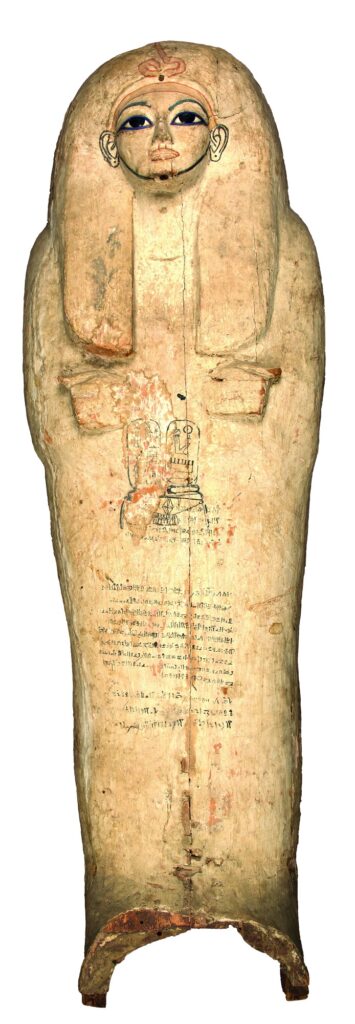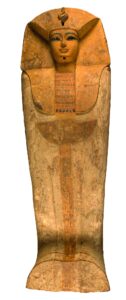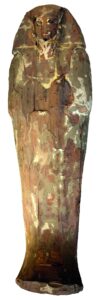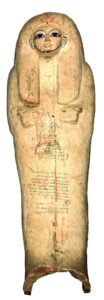Seti I Menmaatre
Son of Ramses I and Sitre
New Kingdom, 19th Dynasty

Son of Ramses I, the founder of the 19th Dynasty, Seti I ruled Egypt for at least 12 years. During the previous reigns, he had been, like his father, an army officer. After he became king, he commanded various campaigns into Libya and the Levant to reimpose Egyptian authority abroad. He fought the Hittites, the new superpower of the Near East. These military activities and victories were carefully recorded at Karnak, in the temple of Amun.
Seti I ordered the construction of several major building projects at Karnak and Abydos, and constructed a mortuary temple on the west bank at Thebes. He ordered the carving of battle scenes on a large scale in the precinct of Amun in Karnak to publicly proclaim his might. Possibly the oldest geological map in the world, now in Turin, is preserved on a papyrus from his reign. This depicts the gold-mining town of Bir Umm Fawakhir and the Wadi Hammamat.
His principal queen, Tuya, was the daughter of another military officer, a charioteer named Raia. Together, they had at least three children, one of whom became the next king, Ramses II (the Great).
The tomb of Seti I in the Valley of the Kings, KV 17, is one of the best-preserved and most beautiful of the royal sepulchers. The wall decoration retains its vivid colors, including a deep blue to imitate the night sky that was used on some of the ceilings. At the back of the burial chamber is an ancient tunnel that runs for 173.5 m into the bedrock. This is undecorated. When the king died, the tunnel was abandoned, and it hides no secrets.























